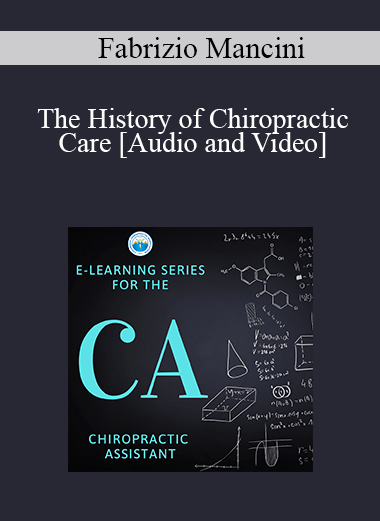From Babel to Brilliance: AI’s Evolution in Facilitating Foreign Language Learning
Within the journey of human communication, language has always been each a barrier and a bridge. As societies globalize and cultures intertwine, the ability to speak in international languages becomes increasingly essential. But, mastering a new language is usually a daunting task, requiring significant time, effort, and exposure. Nevertheless, with the advent of Artificial Intelligence (AI), the panorama of language learning has undergone a prodiscovered transformation, evolving from the confusion of Babel to the brilliance of seamless communication.
Historically, language learning relied heavily on traditional strategies resembling textbooks, classroom instruction, and language exchange programs. While these methods have their merits, they typically suffer from limitations similar to rigid curriculum structures, lack of personalized learning paths, and insufficient engagement. This is the place AI steps in, offering dynamic solutions that cater to individual needs and preferences.
Probably the most significant contributions of AI to language learning is its ability to provide personalized learning experiences. Through advanced algorithms and machine learning strategies, AI-powered platforms analyze learners’ strengths, weaknesses, and learning styles to tailor content material and exercises accordingly. This personalized approach not only maximizes learning effectivity but in addition keeps learners motivated and engaged, crucial factors in language acquisition.
Moreover, AI enables immersive language learning experiences regardless of geographical constraints. Virtual reality (VR) and augmented reality (AR) technologies, integrated with AI-driven language platforms, transport learners to virtual environments the place they’ll work together with native speakers, observe real-life scenarios, and hone their linguistic skills in context. This immersion fosters a deeper understanding of the language and tradition, surpassing the limitations of traditional classroom settings.
Furthermore, AI facilitates language learning through natural language processing (NLP) technologies, enabling real-time translation and interpretation. With the rise of AI-powered translation tools and language assistants, obstacles to communication are rapidly diminishing. These tools not only aid in understanding international languages but additionally encourage language learners to have interaction in authentic conversations without the fear of miscommunication.
Additionally, AI-pushed language tutoring systems supply spherical-the-clock assist and feedback, eliminating the dependency on human instructors and enabling self-paced learning. Chatbots and language learning applications outfitted with AI chat interfaces simulate real conversations, providing learners with opportunities to apply speaking and receive instant corrections and guidance. This fixed interplay enhances fluency and confidence, essential components of language proficiency.
Another aspect the place AI shines in language learning is in content creation and curation. AI algorithms analyze huge quantities of linguistic data, figuring out patterns, trends, and commonly used phrases to generate related and engaging learning materials. From interactive quizzes and vocabulary exercises to culturally immersive lessons, AI-driven platforms supply a wealth of resources tailored to learners’ needs, preferences, and proficiency levels.
Additionalmore, AI facilitates collaborative learning experiences by connecting language learners worldwide by online communities and social platforms. Language exchange applications powered by AI algorithms match learners with native speakers or proficient speakers of their goal language, fostering mutual language follow and cultural exchange. These virtual communities provide a supportive environment where learners can share experiences, resources, and insights, enriching their language learning journey.
As AI continues to evolve, its function in language learning is poised to broaden even further. Advanced AI applied sciences equivalent to natural language understanding (NLU) and sentiment evaluation hold the promise of more sophisticated language tutoring systems that may adapt to learners’ emotions and cognitive states, providing tailored support and encouragement.
In conclusion, from the Tower of Babel to the age of AI, the journey of language learning has been marked by challenges and breakthroughs. With AI’s transformative energy, language learners now have access to personalized, immersive, and engaging experiences that propel them from confusion to clarity, from babel to brilliance. As we embrace the possibilities of AI in language education, the dream of seamless communication throughout borders and cultures becomes closer to reality than ever before.
In the event you loved this post and you would want to receive details about AI for language learning generously visit the site.







